Preventing torture in Europe:
The CPT at thirty
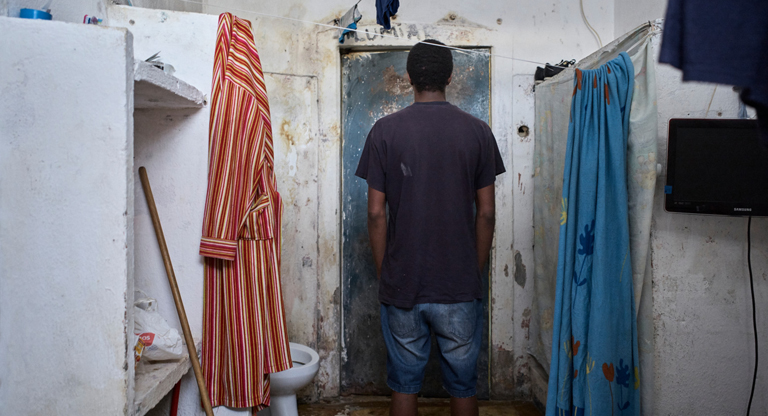
In November 2019 the European Committee for the Prevention of Torture and Inhuman or Degrading Treatment or Punishment - or CPT for short - celebrates 30 years of work.

Stopping torture and inhuman and degrading treatment is an essential
ingredient in human rights protection. When people are deprived of
their liberty, they shouldn’t be deprived of that right.
Set up in 1989 by the European Convention for the Prevention of Torture and Inhuman or Degrading Treatment or Punishment – the CPT marked a new way to spread human rights protection throughout Europe. Victims of torture were already able to bring cases to the European Human Rights Court. But how hard must it be, first, to be brave enough to challenge your torturer, and second, to have the persistence and energy to fight through your own national court system and relive your experience, sometimes years after the event? And even if you get that far, how can a court judgment ever be a remedy for torture?
The CPT was innovative and brought about a lasting fundamental change. It set up a method of monitoring places of detention where torture and ill-treatment were most likely to happen, sometimes witnessing conditions that could be considered “an affront to civilised society” , and established the means for constant, incremental improvements to take place. By working with governments over the long-term, the whole approach to the human rights of people deprived of their liberty changed for the better...and continues to change as the CPT adapts to the challenges of today.
Standing up to abuse – public statements
Confidentiality is usually one of the main rules of the CPT – allowing it to protect the people it interviews from harm whilst working alongside governments to make improvements. But from time to time, when cooperation with a state fails, they sound the alarm through a public statement. Here CPT Vice President Mark Kelly explains just such a call to the Russian Federation.

The CPT ensures that those rights are respected, visiting anywhere that
people are held to check whether conditions are humane and treatment
acceptable.
Each year, CPT delegations visit over a dozen countries, carrying out fact-finding visits without prior notice to places where people are kept in detention, whether they be prison cells, police stations, immigration detention centres, psychiatric hospitals or social care homes. They are ready, too, to travel at a moment’s notice to assess situations of concern. All of this is carried out in conditions of confidentiality - keeping the people they interview safe and allowing governments to respond effectively and away from the pressure of immediate negative publicity.
Over the years, they have heard many cases of ill-treatment meted out by police in search of a confession, working with governments to not only stamp out bad behaviour but to change the way investigations are carried out to ensure an evidence-based approach is always used. They have made sure that countries keep their promises by regular checks and follow-ups, and, thanks to the span of expertise amongst the members, helped to show countries using ill-treatment that there are different, more humane, approaches possible. Since the CPT started work the European Human Rights Court frequently uses the CPT’s reports to inform the judgments it makes.
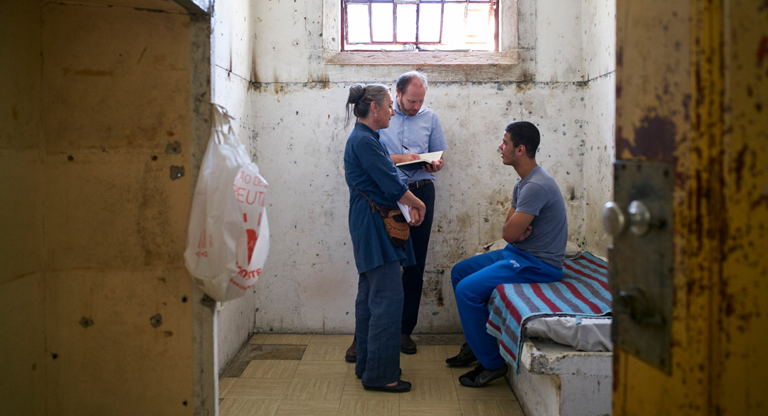
Conditions of confidentiality are crucial to make sure that people feel safe to share their experience with CPT members.
A life in the CPT
Dedication, expertise, and a commitment to changing the world for the better: these are just some of the attributes needed if you are to become a member of the CPT. Elected from a shortlist provided by the national delegations to the Council of Europe’s Parliamentary Assembly, CPT members must have a proven track record in related professions, such as in the prison or police service (some are retired prison directors), lawyers, medical or forensic practitioners, or experts in psychiatry and psychology. Here committee members and staff past and present share their story.
Responding to all circumstances - Belgian strikes
A long-lasting dispute between prison staff and the Belgian authorities was putting prisoners at risk of malnourishment, ill health and possibly even fatal consequences as lightning strikes meant that they were locked in their cells for prolonged periods.
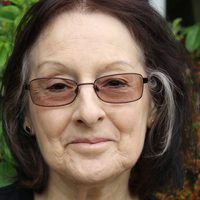 Silvia Casale
Silvia Casale
‘It doesn’t work as a desk job’
British criminologist Silvia Casale was the longest serving president of the CPT from 2000 to 2008, overseeing a time of huge expansion in the number of member states. She was also president of the UN Subcommittee on Prevention of Torture from 2007 to 2009. She is currently chair of NPM Obs, the Observatory of national preventive mechanisms against torture.
What was it like to work with the CPT?
“Preventing all forms of torture and ill-treatment is not an easy matter. Successful prevention is hard to prove: if the CPT finds no examples of torture, we cannot prove conclusively that it's the result of the CPT's work.
“It was really important to be able to support each other. You visit all sorts of places in a lot of different countries and it could be quite tough, especially in the early days when people didn’t know what it meant to have a visiting body turn up. We might be barred from entering because they didn’t know about us. It made it a lot easier when we could pull out a mobile phone and say ‘Do you want to check with the ministry then?’
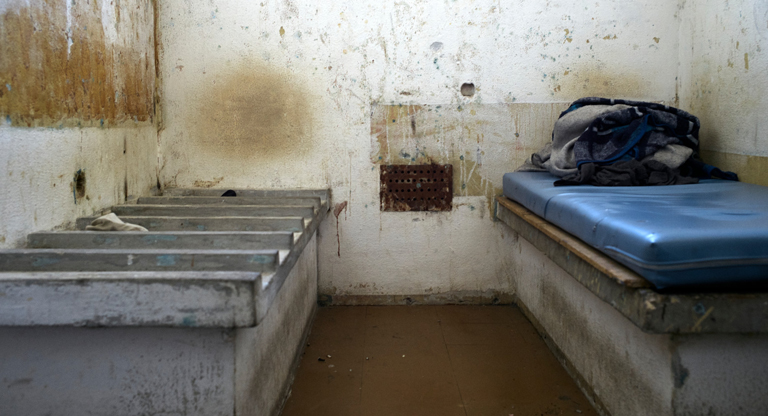
The visits allow the CPT to check conditions on the spot, helping to bring
about improvements where they are needed.
“It is important that the people we talk to are protected from reprisals, and that forms part of the Convention. However, it’s one thing to say it and another to put it into practice, so we must always be aware that this is fraught with risk for people who engage with us.”
What are the CPT’s special strengths?
“The UN had operated an anti-torture system before the CPT was set up, but it consisted of receiving and reviewing reports from governments and from NGOs. It was important to establish a visiting body - this doesn’t work as a desk job. You have to be on the spot, visit regularly, and talk to both staff and detainees to see how they feel and how they live.
“This is a body that can visit any place where people are not free because they are being held by a state agent. That was particularly important in Chechnya, where the CPT was for some time the only international body allowed under international law to visit places of detention. It is also backed up by a large, experienced and knowledgeable secretariat in Strasbourg - something which is not true of the UN system. »
What do you think is the next chapter in the CPT story?
« The CPT has achieved a lot at international level, but the national preventive mechanisms will be a great asset in the future. These are people with great courage, who know the local situation, and who can turn up unexpectedly, replicating the work of the CPT at national level. »
Quick response -Turkey after the coup attempt
A CPT delegation interviewed hundreds of people who were or had been in police custody following the attempted coup in July 2016.
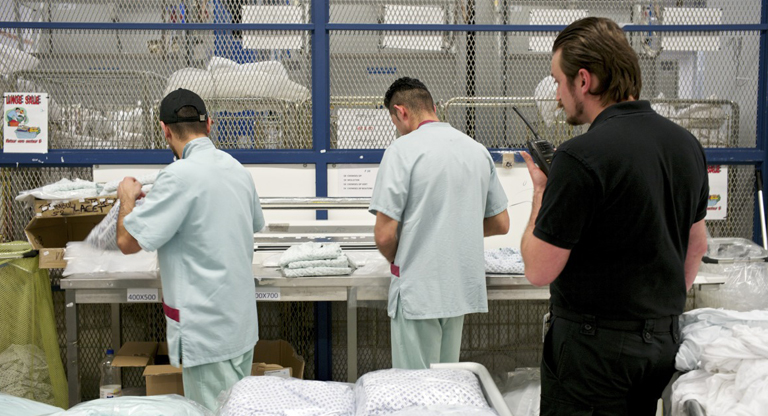
It’s also important to see that prisoners are given work and leisure opportunities.
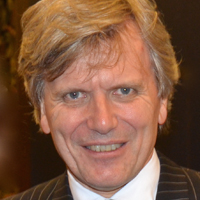 Trevor Stevens
Trevor Stevens
A test case that proved its worth
Trevor Stevens served as Executive Secretary of the CPT from its inception in 1989 to 2014. He was closely involved in establishing the CPT’s working methods and took an active part in developing the Committee’s standards.
How did the CPT come about?
“In the 80s, discussions were underway at UN level as to how to create a universal preventive mechanism, to provide more than just a system of reacting to complaints about torture. The UN model stalled, but the idea was taken up by the Council of Europe. It became a way of testing whether a treaty-based system for on-site monitoring of places of detention was viable. Fortunately, the climate in Europe amongst governments was favourable and it was fertile ground for such seeds to be sown, despite fears that a system of this kind wasn’t feasible.”
What obstacles did the CPT face?
“This was unique: the first time an international body had been given significant treaty powers in a very sensitive area - detention - which up until then was under the strict control of states. People were unfamiliar with the system and there was a reticence to engage, especially in the law enforcement community. It took some time, but with tenacity and persuasion it became accepted.
“Governments needed time to build up confidence that the CPT was not an activist body, that confidentiality and impartiality were important to the Committee and that it wanted to co-operate with them. It also took time to organise internally. This was a very new approach and we needed to develop a common understanding on work practices and standards, none of which were spelled out in the Convention. It had to be thought through.
"The horrendous 9/11 attacks and the subsequent 'war on terror' were a setback, dampening commitment to the prohibition of torture and leading some states to row back on key safeguards."
What are the CPTs strengths and what would you like to see in the future?
“The CPT has extraordinary powers to visit any place of deprivation of liberty at any time of its choosing and to speak in private with persons detained. And right from the outset to this very day it has benefitted from a wide-range of experience, with solid enough resources to ensure it is efficient. One of its greatest strengths is its consistency and the fact that it has built up a corpus of standards from its findings over 30 years.
"I believe greater emphasis should now be placed on ad-hoc visits at short notice: the CPT has the power to react immediately in urgent situations, see what is actually happening on the spot and prevent possible abuses. Another positive step would be for the Committee to work more closely with countries to help them implement in practice the changes required by its findings. And hopefully, an increasing number of states will agree to make the CPT's reports available right away to a wide public audience."
A different perspective - stopping the use of net beds
Ensuring the rights of people deprived of their liberty in psychiatric hospitals is an important part of the CPT’s remit. This is one area where having a vast range of expertise has come in useful in being able to spread more positive, gentler methods of restraint that are used in one country to countries which are still using potentially more degrading methods such as net or cot beds.
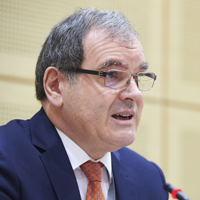 Régis Brillat
Régis Brillat
Adapting to future challenges
Mr Régis Brillat is the Executive Secretary of the CPT.
What are your main priorities for the future?
The first priority is to maintain and transmit the CPT’s know-how and the second is to increase its impact.
The CPT has built up a considerable amount of expertise in terms of organising visits to places of detention, drafting reports and formulating recommendations for states, and also as regards co-operating with states to bring about changes in law and in practice in order to limit cases of torture and prevent the use of torture and inhuman and degrading treatment. It will be important to maintain this know-how in the years to come amongst the members of the committee and new staff members, as these are very specific skills involving professionals from different sectors such as lawyers, human rights experts, prison and detention specialists and doctors working in different areas of specialisation.
At the same time, it is important to grow the CPT’s impact by appropriate communication and by mobilising everyone involved: all state authorities - executive, legislative, judicial, local, authorities in charge of places of detention - and also all Council of Europe bodies, particularly the Committee of Ministers and the Parliamentary Assembly.
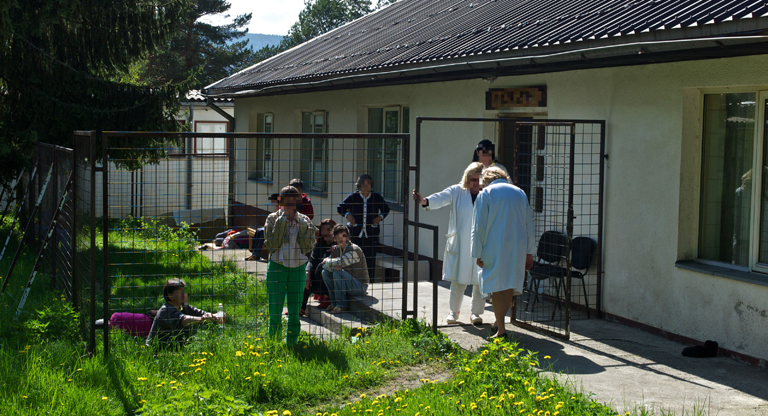
Besides police stations and prisons, the CPT also looks at psychiatric
hospitals and social care homes.
Are the challenges you are currently facing different from those in the past? Do they need a different approach?
Yes, of course. The different places of deprivation of liberty and the circumstances leading to this are changing in Europe. For example, issues relating to migration are of crucial importance today. Similarly, the issue of the way in which people in psychiatric hospitals are treated today is no longer the same as it was some 30 years ago. These are new challenges that the Committee must tackle, and it must adapt its working methods to them.
Do governments continue to acknowledge the importance of the CPT’s work?
I think that the attention and importance given to the CPT by governments is increasing, but I am also convinced that the difficulties they face when they want to implement the European Convention on Human Rights correctly are also on the rise. That means they must pay particular attention and reflect on new methods of action. That is why co-operation between the CPT and the states is an essential dimension of its work.
Adapting to new challenges - deportation flights
Over the last few years, more and more countries are faced with the difficult decision of whether to grant refugee or asylum status to migrants from other countries. Applicants who fail must face the journey to their country of origin, often on charter flights accompanied by police or customs officials…effectively deprived of their liberty. Here too the CPT plays an essential role in monitoring that they receive fair treatment. This report shows the results of one such operation.
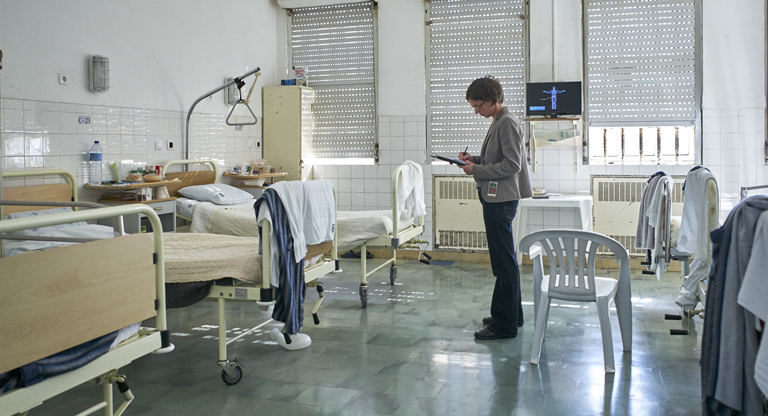
They will check the conditions in which patients live and include recommendations for change in their report to the government concerned.
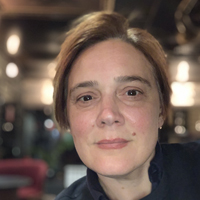 Olivera Vulic
Olivera Vulic
The ultimate goal - a torture free Europe
Psychiatrist Olivera Vulic was formerly Chief of the Centre for Mental Health in Podgorica, Montenegro, and now works as an independent consultant. She finishes a 12-year term with the CPT at the end of 2019.
What inspires you about working with the CPT?
As a young doctor specialising in psychiatry I was offered a job at the main prison in Montenegro, and I accepted it because it was a challenge. I very quickly saw discrepancies between the textbook standards and the day to day practice, some of which interfered with my clinical practice, which was very frustrating. Becoming a member of the CPT meant that I could personally contribute to narrowing that gap and translating theory into practice.
What is special about working in the CPT?
As a psychiatrist, you are usually working with individuals. With the CPT, you are working at systemic level, looking at the big picture and transforming reality for everyone. Its strength lies in the high quality of its work and the fact that it is professional and effective.
What do you think remains to be done in the future?
The ultimate goal, of course, is to make Europe a torture-free zone, and that is something we have not yet achieved. Even if we did, it would still need constant vigilance to ensure that it stayed that way. There are still many abuses – detention conditions that are inadequate, patients who no longer require hospitalisation but have remained for decades in hospitals because of a lack of proper structures in the community. The CPT needs to continue to be active into the future.

